5. Im Kwon-taek
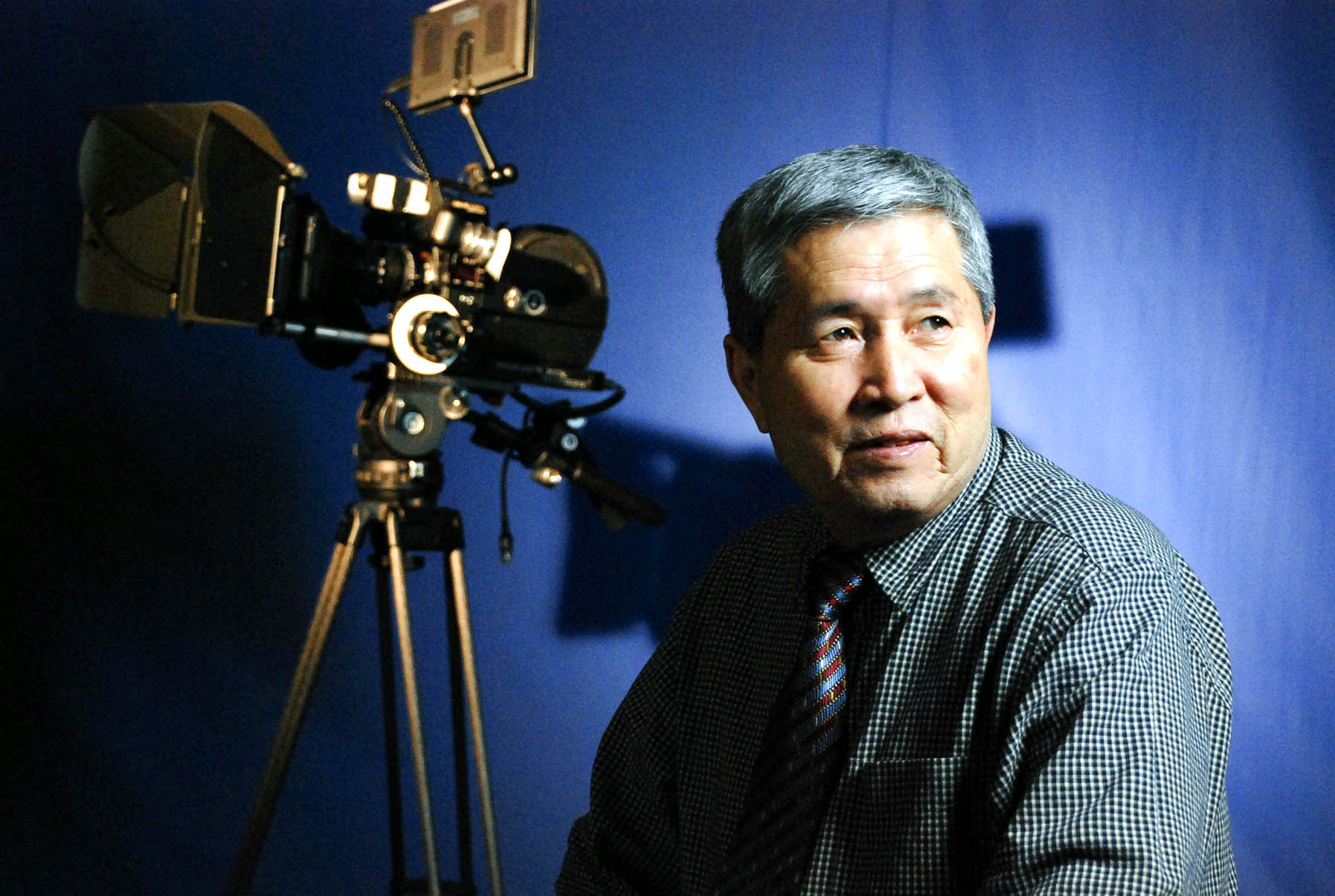
Dubbed “the father of Korean cinema” and with a career spanning more than 50 years and more than 100 films, Im Kwon-taek is definitely not a man who could be missing from this list. Im is also credited as one of the instigators of Korean New Wave, the end of 90’s movement that reinvigorated local production after years of government-forced hiatus, and has won dozens of awards including Best Director at the 2002 Cannes Film Festival.
His debut came in 1962 with “Farewell Duman River”, and over the next 10 years he shot about 50 films, most of them B-movies with the purpose of amassing quota for the production companies in order to acquire rights for screening foreign films.
Eventually he realized that his calling laid elsewhere, not in commercial productions but art house ones, and started focusing on films that dealt with Korean themes, such as the civil war, the Japanese occupation, Buddhism, the place of women in the society, morality and many others, all the while retaining his abilities as a great storyteller. This change made his known internationally in the late 80s, since he was virtually unknown outside of Korea up to that point.
In 2002, he became the first Korean to win the Best Director award at the Cannes Film Festival with “Chihwaseon” while a number of local and international festivals, like the one in Berlin, have presented him with lifetime achievement awards and he has also received the French Legion of Honor in 2007.
Proposed filmography: “Chunhyang”, “Sibaji”, “The Taebaek Mountains”, “Chihwaseon”, “Mandala”, “Testimony”, “Seopyeonje”, “Come Come Come Upward”
4. Kim Ki-duk
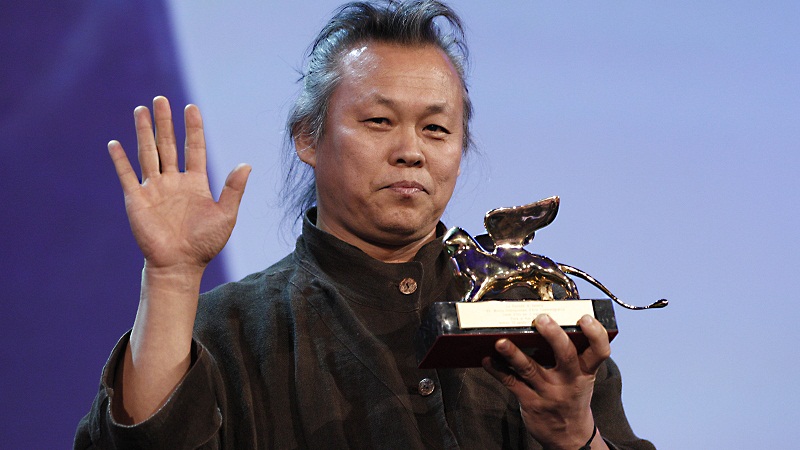
A decade ago, Kim Ki-duk would be definitely on top of this list, with his films garnering awards in festivals all over the world, while “Pieta” finally signaled his acceptance from the Korean industry. However, and while still considered an auteur, Kim directed a number of films that were mediocre (in comparison with his previous ones that is) during the latest years, with his fame somewhat diminishing.
Since his first complete work in 1995, titled “Crocodile”, he has been writing and directing one or two films per year, as he gained fame for their low-budget productions, their very short shooting time, and the lack of any kinds of restraints regarding the depiction of themes that most consider taboo.
Global acclaim came with “The Isle”, as the film became notorious when an Italian journalist fainted during the press screening in Venice. The press’s opinion of him was always ambiguous, with a large part of South Korean journalists deeming him a monster, a psychopath, and utterly useless, while the extremity of his movies has regularly caused him trouble.
Kim, however, maybe as a reaction, continued filming extreme movies, finding his apogee in “Moebius”, which was banned from screening, resulting in Kim having to cut 21 scenes in order to be able to show it in South Korea.
Since then, he toned down a bit, while his latest film, “The Net”, deals with the relationships of the two Koreas, in his own unique style. His legacy, however, still lingers, not only through his films, but also through the filmmakers that were his students, with Jang Hoon and Juhn Jai-hong being the most renowned.
Proposed filmography: “Spring, Summer, Fall, Winter… and Spring”, “Moebius”, “Pieta”, “3-Iron”, “The Isle”, “Bad Guy”, “The Bow”, “Crocodile”, “Samaritan Girl”, “The Coast Guard”
3. Bong Joon-ho
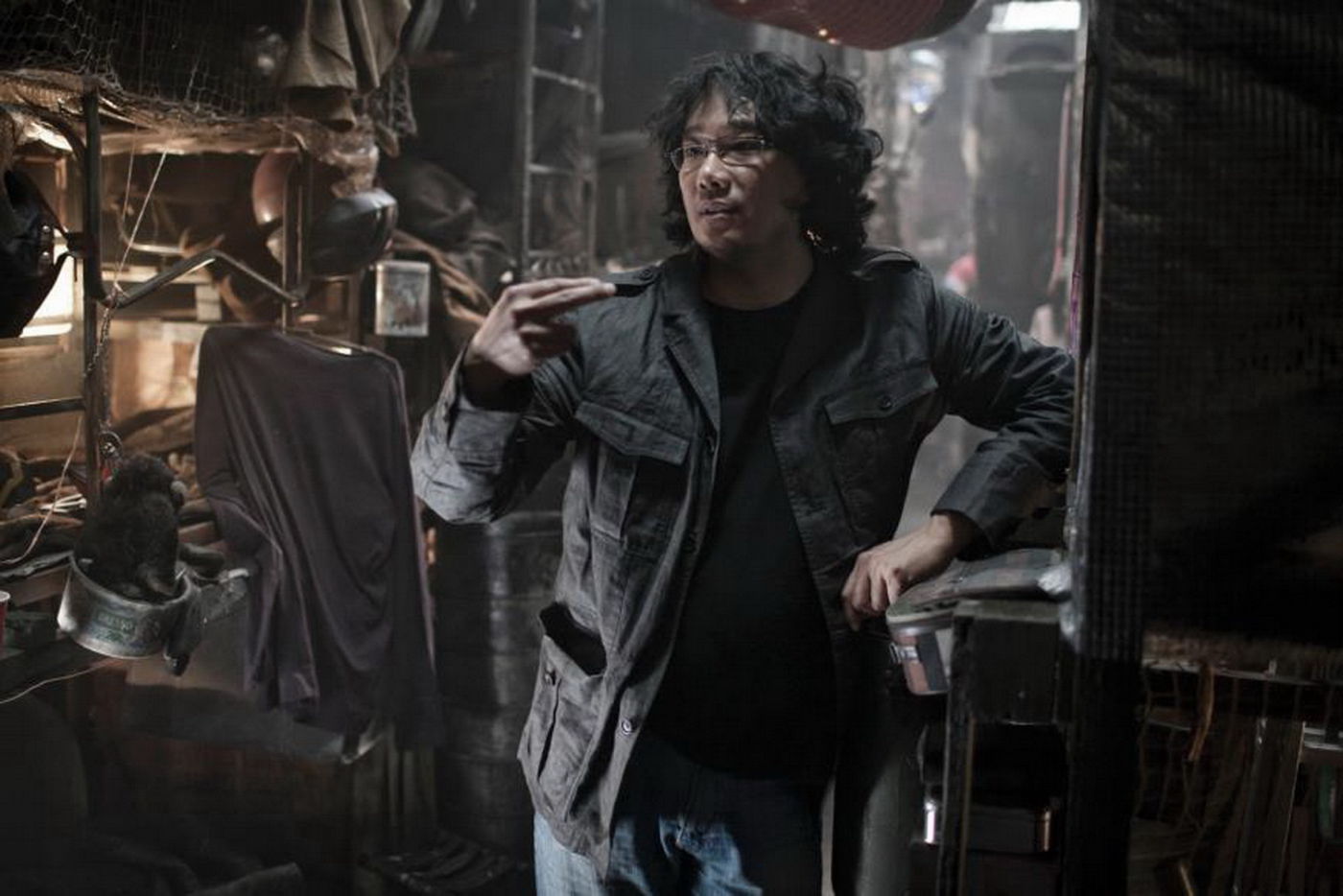
The director of some of the most iconic films of the last decades, Bong Joon-ho has been steadily ascending the stairs of success, with his latest production, “Okja”, being a true international blockbuster, despite the controversy it spawned. Furthermore, among the three that did the jump to Hollywood, Bong can brag that he directed the best film, in an accomplishment that highlights his diversity as a director.
Born in 1969, Bong was raised in an artistic family, as his father was a designer and his grandfather a noted author. This fact was a major factor in his decision to become a filmmaker, a goal he’d focused on since middle school. He majored in sociology at Yonsei University in the late 80s and a few years later was accepted into the two-year program at what many people consider Korea’s top film school, the Korean Academy of Film Arts (KAFA).
While there, he shot a number of short 16mm films and collaborated with his classmates in other capacities, such as cinematographer. This tendency continued after his graduation, with him assisting as a writer and assistant director in a number of productions. In 2000, he shot his feature debut, “Barking Dogs Never Bite”. Both the audience and the critics received the film meagerly, but through its screening at international festivals, it garnered attention toward Bong.
Starting with his second film, “Memories of Murder”, Bong became a box office sensation, a trait that continued with “The Host” and “Mother”. His ability to shoot quality films that also had huge commercial success led him to Hollywood, where he shot “Snowpiercer”.
Proposed filmography: “Barking Dogs Never Bite”, “Snowpiercer”, “Okja”, “Mother”, “The Host”, “Memories of Murder”
2. Kim Jee-woon
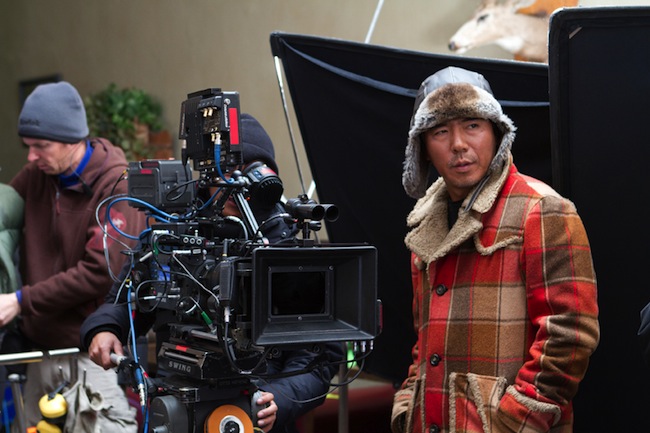
With a career that began in 1998, Kim Jee-woon has been ascending the stairs of fame since then, reaching his apogee in 2010, with “I Saw the Devil”, a film mentioned as one of the greatest exploitation movies among all fans of the genre. With a prowess that seems undiminished by both genre and theme, as his films include westerns, thrillers, action, horror and weird comedies, Kim is probably the most successful filmmaker working in South Korea at the moment, with his films presenting a combination of artistry and entertainment rarely seen on screen.
Kim was born in 1964 in Seoul and initially he worked in the theater, first as an actor and then as a director, before making the transition to cinema in 1998 with “The Quiet Family”. Starting with his third movie “A Tale of Two Sisters”, he began receiving recognition for his scripts, direction, and unique visual style. His next productions were all successful both commercially and critically, to the point where he was transferred to Hollywood, where he shot “The Last Stand” with Arnold Schwarzenegger.
Three years later, he returned to South Korea with “The Age of Shadows”, which was selected as the country’s entry for the Best Foreign Language Film at the 89th Academy Awards.
Proposed filmography: “I Saw The Devil”, “A Tale of Two Sisters”, “The Good, the Bad, the Weird”, “The Age of Shadows”, “The Quiet Family”, “The Foul King”, “A Bittersweet Life”
1. Park Chan-wook
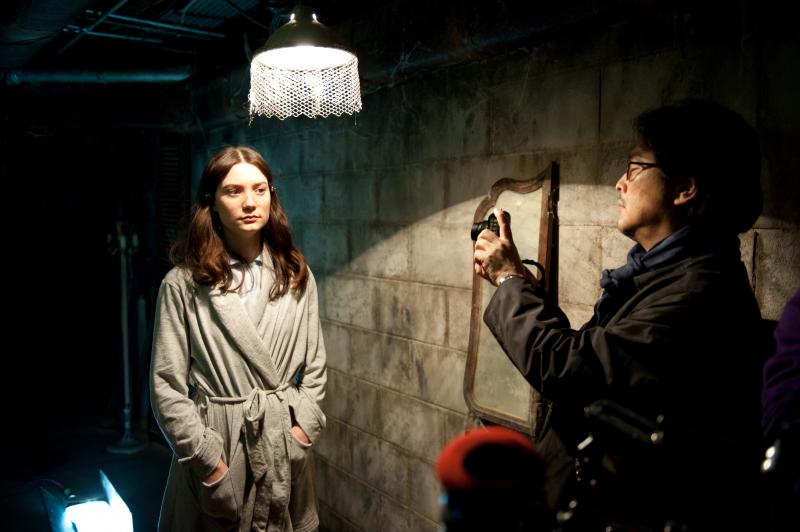
Whenever I tell somebody here in Greece that I deal with Asian cinema, the most common reply is, “I have seen ‘Oldboy’, what a great film.” This is the extent of Park Chan-wook’s international impact, with his fame having reached even the most unlikely countries.
Park was born in Seoul and studied philosophy at Sogang University, where he aspired to be an art critic. However, after he watched Alfred Hitchcock’s “Vertigo”, he decided to become a director.
His first two films, “The Moon is… the Sun’s Dream” and “Trio”, were low-budget productions, with Park later stating that he is still ashamed of them. However, since 2000’s “JSA”, which became the highest grossing film in South Korea at the time, he is considered one of the most prominent filmmakers in his country.
Furthermore, after the “Vengeance Trilogy” and particularly the second part, “Oldboy”, he became world-renowned and is now globally considered a genuine auteur. His fame and prowess eventually brought him to Hollywood, where he directed “Stoker” and acted as a producer for “Snowpiercer”, directed by his compatriot, Bong Joon-ho. His last film, “The Handmaiden”, signaled his return to his home country and has already received great reviews upon its premiere at the Cannes Film Festival.
Park’s films have a unique and magnificent visual style. However, as he has stated, the technical part comes second in his movies, with the first role being reserved for the characters and the story. His process starts with the writing, and the search for the audiovisuals comes after the script has been concluded. Park insists that he is, first and foremost, a storyteller, and that every element of his films must support the story in the best way.
Two elements characterize his films and make his style stand apart. The first element is the extreme depiction of violence, which is used in a fashion that can only be described as lyrical, as he uses it to present his messages regarding human nature. The second is his dark sense of humor, which appears in the most unexpected moments in his works, drawing smiles even at the most extreme scenes.
Proposed filmography: “The Vengeance Trilogy”, “JSA”, “I’m a Cyborg, But That’s OK”, “The Handmaiden”, “Thirst”
Author Bio: Panos Kotzathanasis is a film critic who focuses on the cinema of East Asia. He enjoys films from all genres, although he is a big fan of exploitation. You can follow him on Facebook or Twitter.